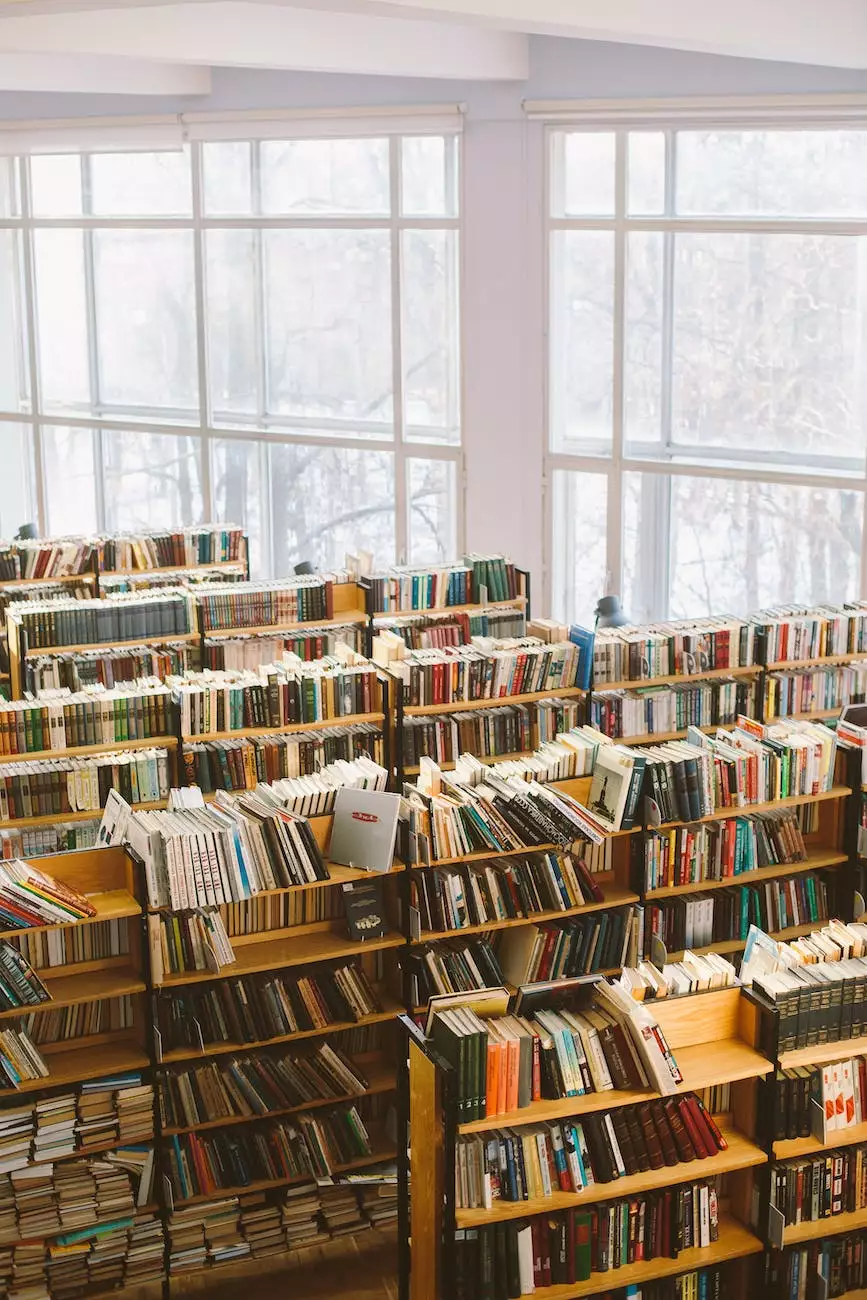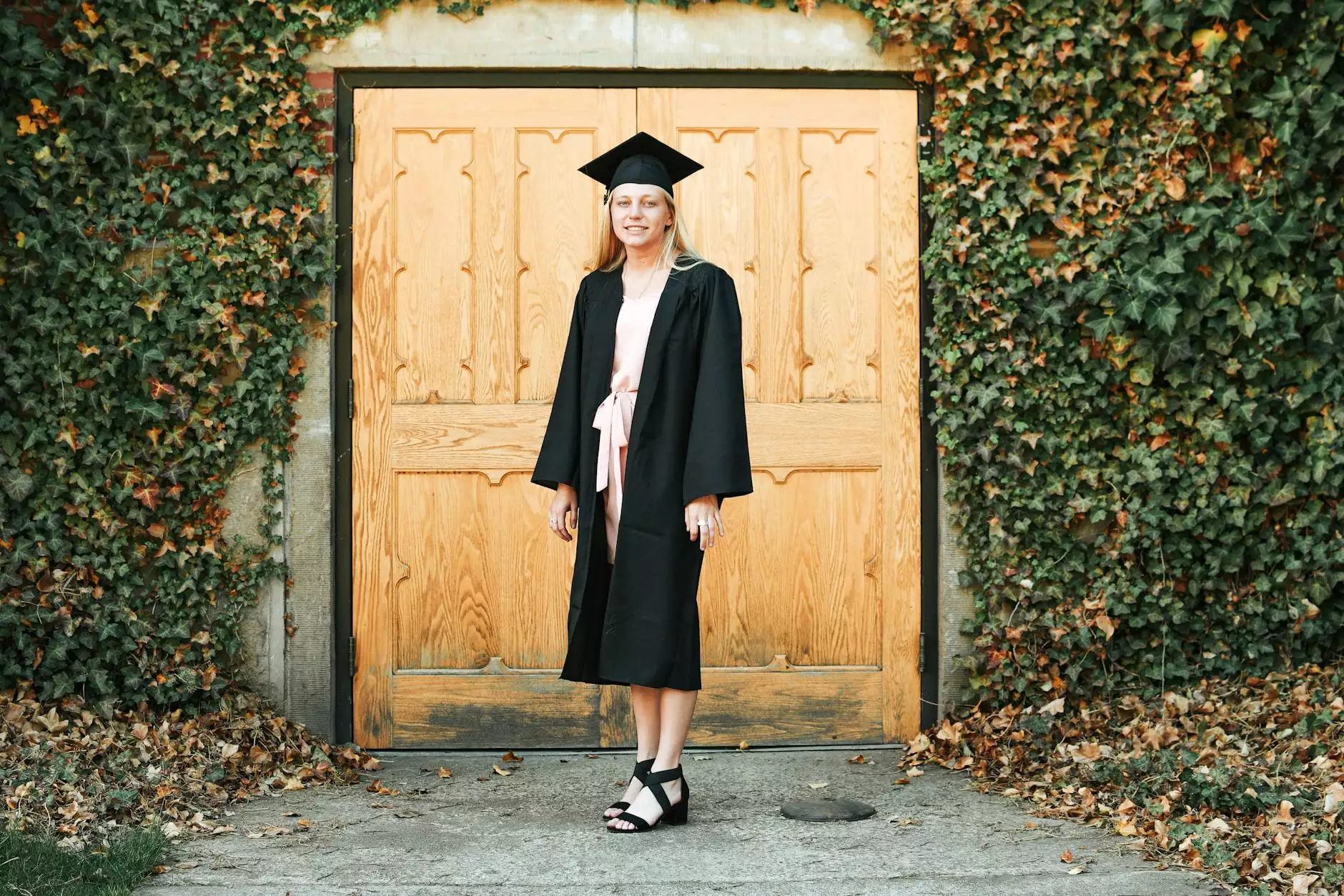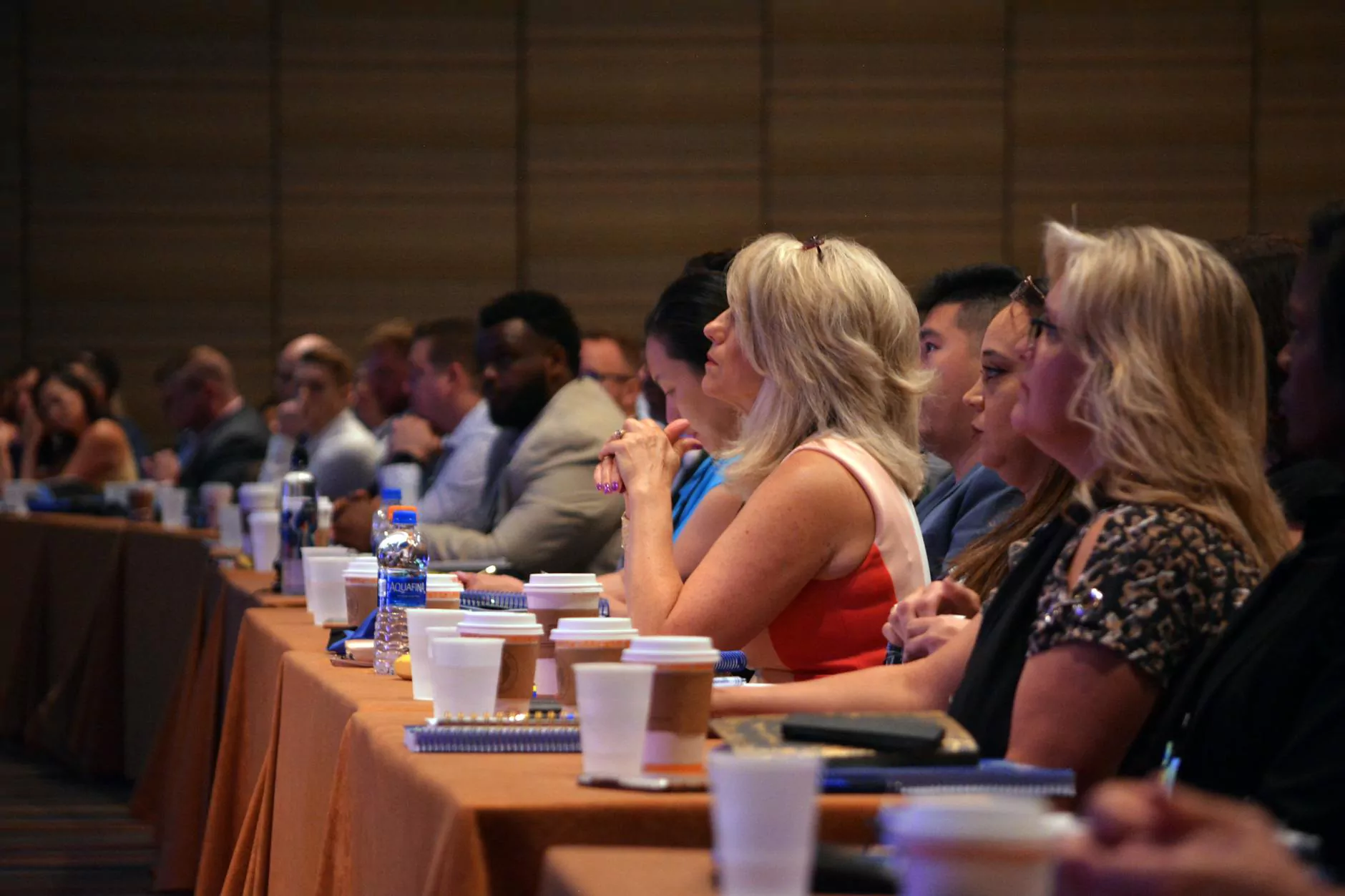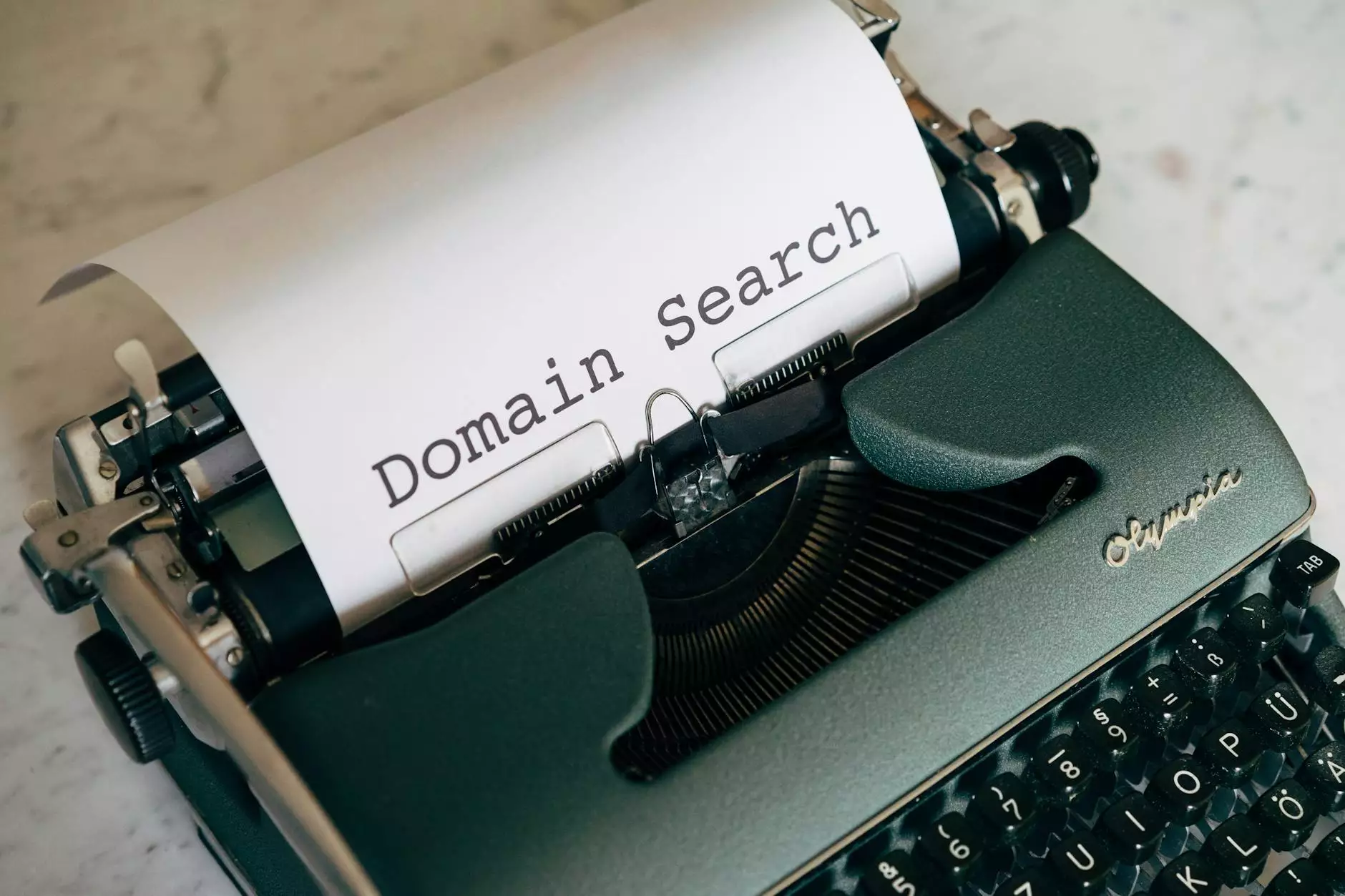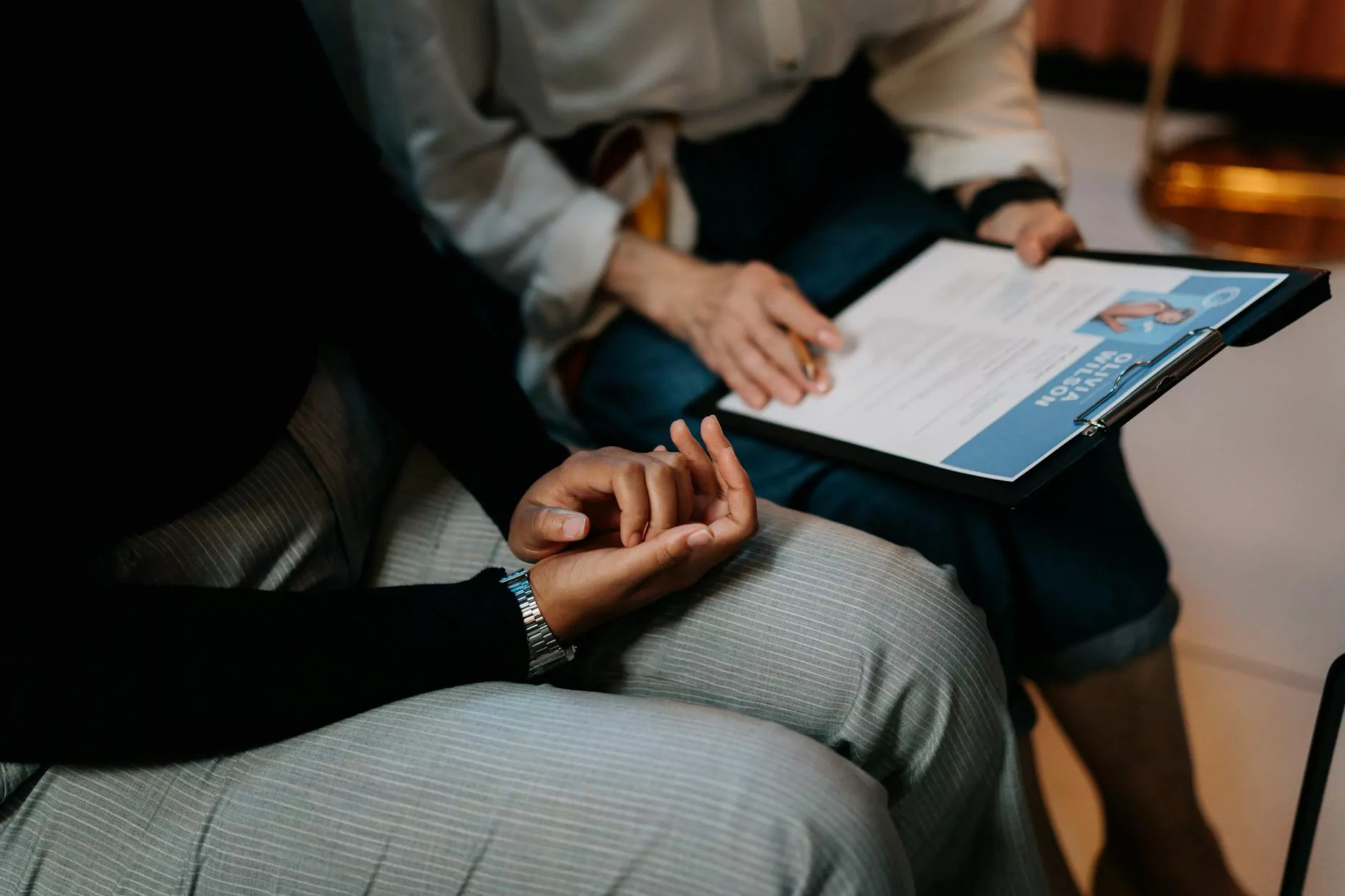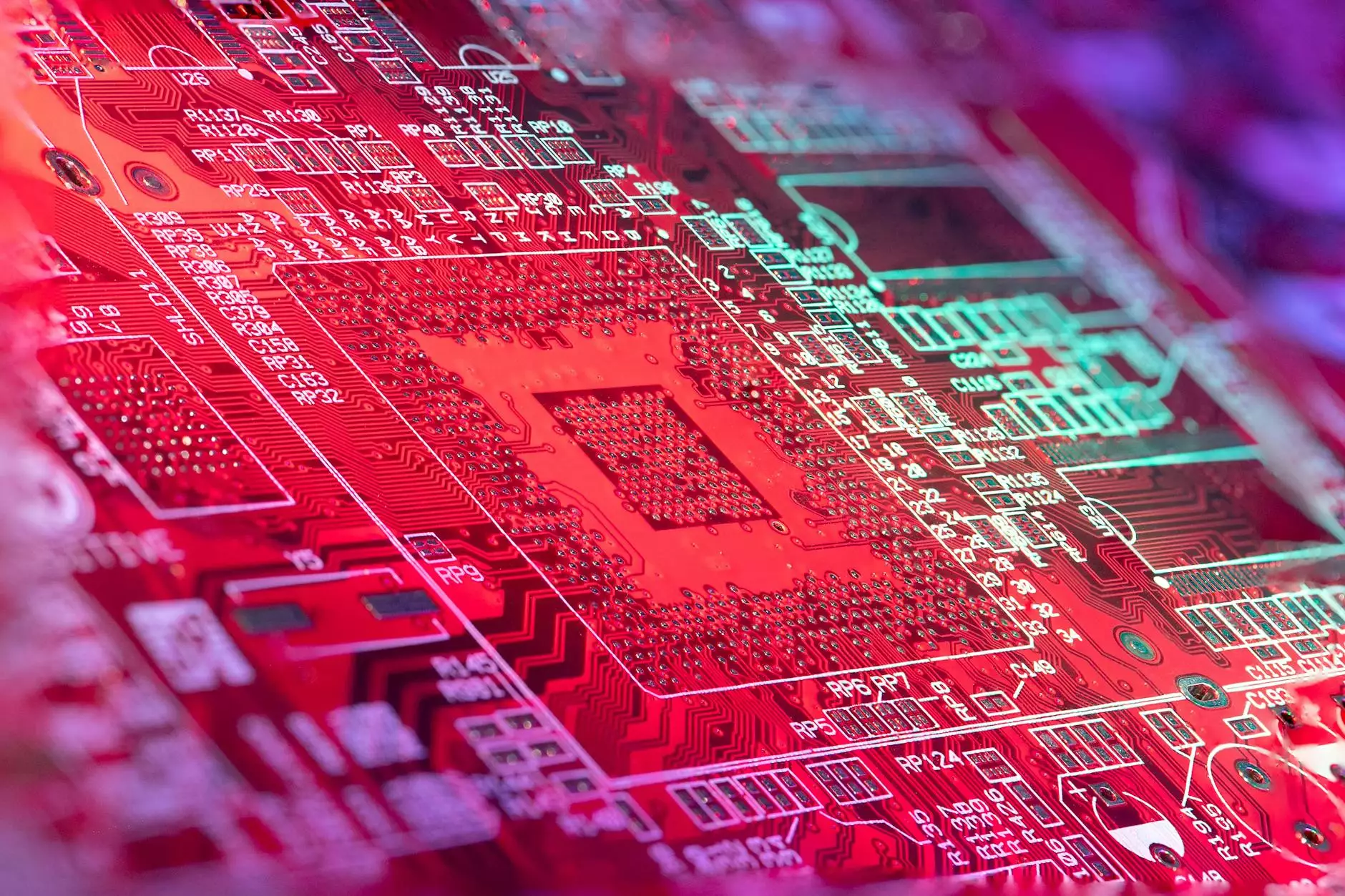Beauty Standards: The Impact of Societal Expectations on Perception of Beauty
Book Reports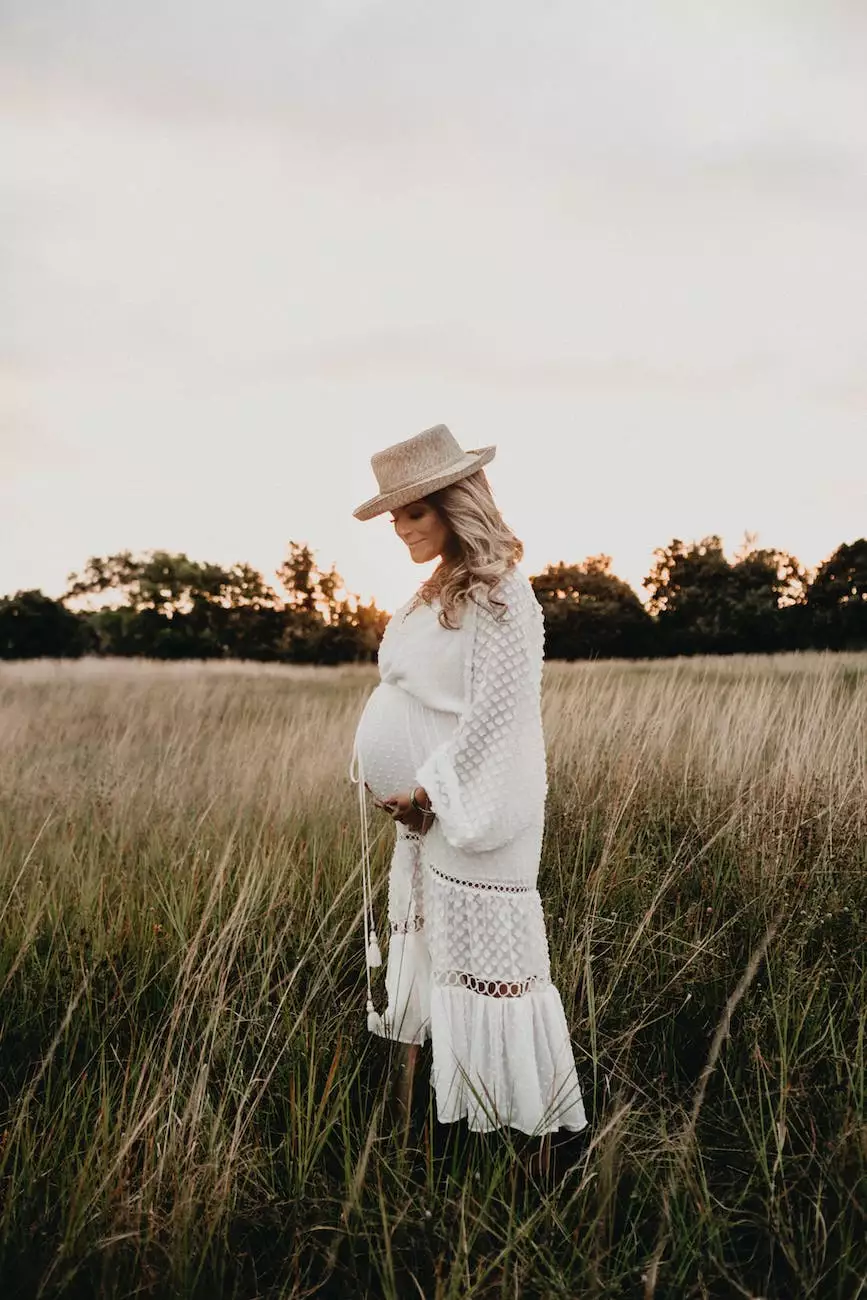
Introduction
As the world continues to evolve, so do the standards of beauty. Within the realm of community and society, the perception of beauty has become a sociocultural construct that impacts the lives of individuals on a global scale. This essay aims to explore the intricate relationship between beauty standards and its influence on personal appearance, cultural practices, media representation, and mental well-being.
The Historical and Cultural Influences
Throughout history and across different cultures, beauty standards have varied significantly. From the full-figured beauty of Renaissance paintings to the petite and slender silhouettes of the modern fashion industry, societal expectations of beauty have gone through countless transformations. Understanding the historical and cultural influences on beauty standards allows us to analyze the roots of these expectations and their impact on individuals.
The Evolution of Beauty Ideals
The ancient Egyptians revered symmetrical features and utilized cosmetics to enhance their appearance. In contrast, Renaissance beauty celebrated voluptuousness and portrayed curvy figures as the epitome of attractiveness. Fast-forward to the modern era, where the media has popularized slender bodies as the ultimate beauty goal, leading to widespread body image issues and self-esteem problems.
Cultural Diversity and Beauty
It is crucial to acknowledge the vast diversity of beauty standards around the world. What may be considered beautiful in one culture might differ significantly from another. This diversity highlights the importance of embracing various definitions of beauty and challenging the idea of a universal standard.
The Media's Role in Shaping Beauty Standards
The media plays a pivotal role in shaping beauty standards and perpetuating societal expectations. Advertising campaigns, fashion magazines, social media influencers, and Hollywood celebrities have a powerful influence on the perception of beauty. By promoting certain body types, facial features, and skin tones, the media creates an idealized version of beauty that is often unattainable for many individuals.
The Dominance of Unrealistic Beauty Standards
Magazines airbrush imperfections, creating an illusion of flawless beauty. Celebrities undergo various cosmetic procedures, leading to an unattainable image of perfection. These unrealistic beauty standards can have detrimental effects on individuals' self-esteem, mental health, and overall well-being.
The Rise of Body Positivity Movements
Amidst the pressure to conform to societal beauty standards, the body positivity movement has gained momentum. This movement encourages individuals to celebrate their bodies, irrespective of shape, size, or appearance. Empowering campaigns promote self-love, body acceptance, and diversity, challenging the traditional beauty norms perpetuated by the media.
The Effects on Mental Health
The relentless pursuit of an idealized version of beauty can take a toll on an individual's mental health. Body dissatisfaction, eating disorders, depression, and anxiety are just a few examples of the psychological issues that can arise from the pressure to conform to societal beauty standards.
Body Image Dissatisfaction
Comparing oneself to the unrealistic portrayals of beauty in the media can lead to dissatisfaction with one's own appearance. This constant self-criticism can contribute to low self-esteem and body image issues.
Impact on Self-Worth and Confidence
When an individual feels they do not meet societal beauty standards, their self-worth and confidence can be significantly affected. This can hinder personal development, relationships, and overall happiness.
Mental Health Conditions Related to Beauty Standards
Research has shown a correlation between the pursuit of an idealized beauty and the development of mental health conditions. Eating disorders, such as anorexia and bulimia, are often rooted in the desire to achieve a particular body type associated with societal beauty standards. Depression and anxiety can also stem from the pressure to conform and maintain a certain appearance.
Conclusion
The impact of beauty standards on individuals cannot be understated. From historical and cultural influences to the media's portrayal of beauty, society has perpetuated an idealized version of attractiveness that often excludes many. By understanding the origins and effects of beauty standards, we can begin to challenge and redefine them. Embracing diversity, promoting body positivity, and prioritizing mental health are essential steps towards creating a more inclusive and compassionate society.




